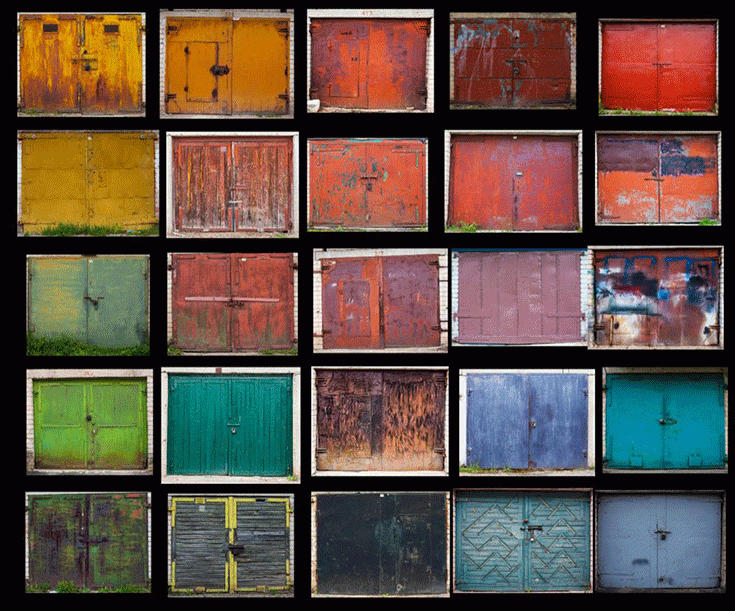
Exploring Lithuania’s Soviet Garage Towns
These towns were created as a response to a lack of covered parking on the streets or in the homes of those living in major urban spaces. “Garage towns” were thus outside of the city limits and often so far away that Lithuanians had to use public transport to get back home once they had parked their car in their ‘disconnected’ garage.
Cars were often seen as a luxury that needed a ‘home’. Used mainly for long trips (the majority of people used public transport day-to-day), cars were projects that required money, time, technical tools, and attention to maintain mechanical optimisation. They weren’t a hassle but they surely weren’t easy to look after. Thus garage towns allowed Lithuanians to protect their investments much in the same way that car enthusiasts, mechanics and collectors do today.
However, the difference is in Lithuania the garages took on a life of their own.
The technicolour dream
Clustered together like sardines, it’s not surprising that each garage began to take on a personality of its own. Vibrant colours and rich textures adorned every garage door. Was it so they could tag their door for easy identification amongst a sea of garages? A way for people to show-off their investment? Or even a form of expression and rebellion that bubbled away on the fringes of society (literally and metaphorically)?
Today garage towns preserve Lithuanian history and culture as a symbol of the era before consumerism, industrialism and mass technology.
Garage towns today
Back when the garage owners of Lithuania painted their garage doors in splashes of colour, texture and designs, little did they know of their longevity or their cultural significance in the 21st Century. Last year, Lithuanian photographer Agne Gintalaite took it upon herself to document the last remaining garage towns. Her intriguing photographs show ageing yet vivacious doors set out in a rainbow mosaic of colours and hues. From red, purple, green and orange, the garage towns have not lost their colourful charm.
However, they do bring forth a new message. A relic of time gone by, the existing garage towns now challenge the world of mass chain stores like IKEA, that conform to bulk uniformity and similarity. Gintalaite refers to this juxtaposition of mass individualism and mass consumerism as ‘ being between different eras’, a hallmark for beautifully obsolete creations that make us think of where we once were and where we are headed.
The last of the garage towns
It is inevitable that in time these garage towns will be destroyed or repurposed as regional infrastructure expands. Some older Lithuanians still maintain and utilise their garages for cars, storage and even living. It is these people who keep big businesses, corporations and modern-day developments from encroaching and ruining the magnificent art, cultural significance and creative construction of a colourful past.
Get your own today!
Get in contact with us, about getting your own garage for your home or property. It will certainly have the materials and soul to stand the test of time and become a symbol of Aussie innovation and culture. Hopefully you’ll be inspired to dress it up with your own style too.

